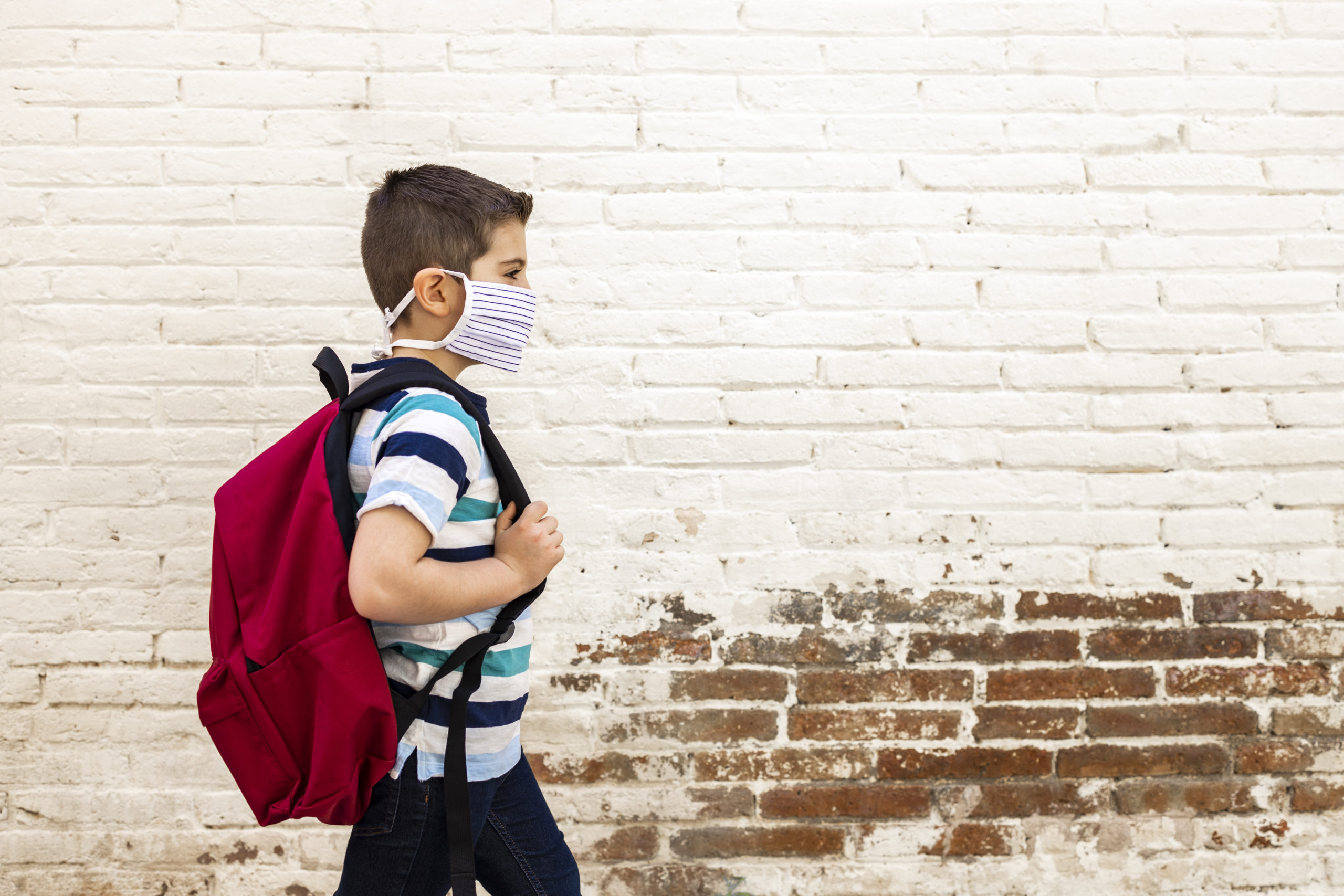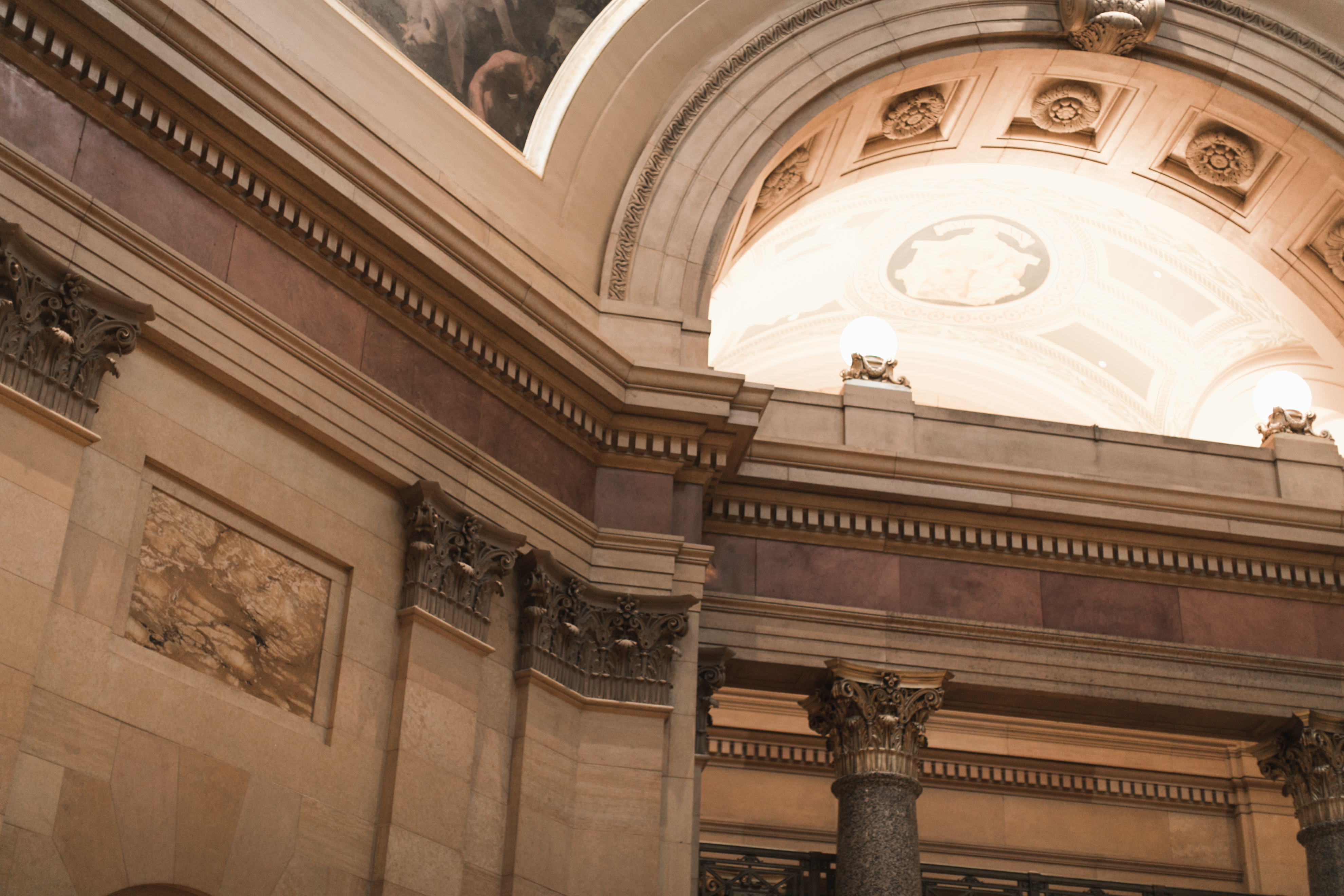Gov. Tim Walz announced a statewide mandate on Wednesday requiring Minnesotans to wear face masks in indoor spaces where people gather, citing the desire to get students back to school as a reason.
This new Executive Order applies to both public and non-public schools and takes effect on July 25. View Executive Order 20-81
- Staff and students will be required to wear masks while in school buildings and riding on school transportation vehicles.
- Children age 5 years old and younger are exempt and will not need to wear a mask, unless they are in kindergarten.
- Others exempt include those with a medical condition, a mental health condition, or disability that makes it unreasonable for the individual to maintain a face covering.
“My mask protects you and your mask protects me,” Lt. Peggy Flanagan said, sharing her own personal story of the loss of her brother to COVID-19. “…I don’t want your family to go through what my family went through.”
Schools will need to post signs to remind people that masks are required.
Face Coverings
A “face covering” must cover the nose and mouth completely, and can include a paper or disposable face mask, a cloth face mask, a scarf, a bandanna, a neck gaiter, or a religious face covering. The mask can be made from a variety of materials. Schools are discouraged from using medical grade masks.
Students and staff have flexibility to wear face shields instead of face coverings to allow visibility of facial expressions and lip movements for speech perception, in certain situations. These situations include:
- For students in kindergarten through grade 8 when wearing a face covering is otherwise problematic for the student.
- Students who are unable to tolerate a face covering due to a developmental, behavioral, or medical condition.
- Teachers of all grades when a face covering would impede the educational process.
- Staff providing direct support student services when a face covering would interfere with the services provided.
Temporary Removal
Staff may remove face coverings when working alone.
All staff, students, and others in schools may remove their masks in these circumstances:
- Engaging in physical activity (physical education, recess, sports)
- While eating or drinking
- Activities involving singing, acting, public speaking, or playing musical instruments
- Receiving a service that cannot be performed with a mask, including nursing, medical or personal care services
Masks are strongly recommended outdoors when it is not possible to maintain social distancing.
Child care spaces follow a different set of rules and guidelines, but workers and children in child care must wear a face covering or face shield in all communal indoor spaces. These spaces include: building hallways, lobbies, restrooms and break rooms.
“Child care settings and educational institutions have unique needs that do not always permit universal face coverings when indoors,” the Executive Order states.
Science & States
Following recommendations by public health experts, Minnesota joins more than two dozen other states that instituted mask mandates of some form. Several Minnesota cities also have previously adopted requirements. Minnesotans will need to follow the most restrictive mandate.
“This is the quickest way to ending the COVID pandemic,” Walz said.
Health Commissioner Jan Malcolm said the evidence of wearing masks has become compelling and do help prevent the spread of COVID-19. States that have implemented masking have seen declining rates, she said, citing a series of studies.
“These are not trivial improvements,” she said.
President Donald Trump also recently began encouraging Americans to wear masks to prevent the spread of COVID-19 and has been seen wearing one in public.
Resources
MDH Fall Planning Guidance for Schools (updated July 22, 2020)
Masks are being distributed by Chamber of Commerce.





